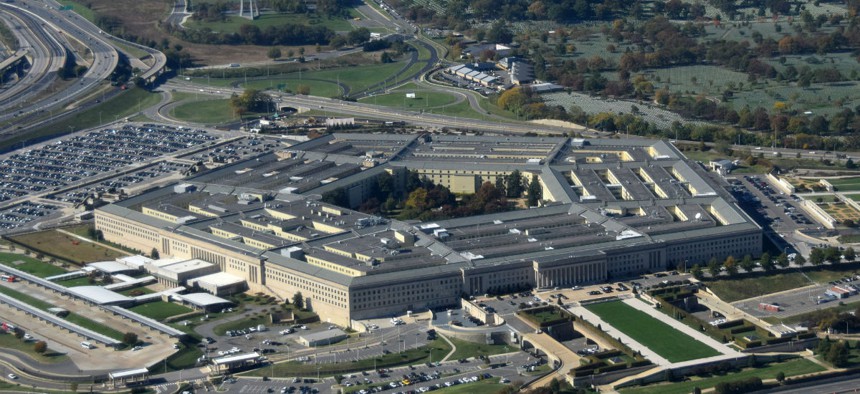
By Ivan Cholakov / Shutterstock.com
Acquisition Reforms Survive in Defense Authorization Bill
Contractors had pushed lawmakers to reject curbs on bid protests pending further study.
Contractors hoping to protect their right to file bid protests got much of what they wanted in the conference report for the fiscal 2019 National Defense Authorization Act, which also contained several provisions to streamline the Pentagon’s acquisitions.
In reconciling the two chambers’ bills, House members accepted a Senate provision to require the Defense secretary to study the frequency and effects of bid protests related to the same contract award filed at both the Government Accountability Office and the Court of Federal Claims.
Some contractors had previously objected to a Pentagon request for curbs on protests some consider “frivolous” by giving companies a deadline for filing a second one. Instead, Defense must conduct the study within 180 days and also establish a data collection system “to better track and analyze bid protest trends in the future,” a joint explanatory statement said. For contracts of less than $100,000, the Pentagon must establish by Dec. 1 an expedited bid protest process.
Contractors are also likely to welcome the bill’s authorized increase of $600 million for research and development, with an emphasis on “high-priority emerging technologies like hypersonics, artificial intelligence, space, cyber and directed energy.” Drafters in a summary added that management reforms in the bill improve the department’s “ability to leverage the contributions of small businesses to technology and manufacturing and strengthen their cybersecurity posture.” The bill would also preserve the Trump administration’s requested $400 million for the acquisition workforce development fund.
Because House Armed Services Committee Chairman Mac Thornberry, R-Texas, has viewed several sections of the existing acquisition statutes as “unwieldy and inadequate,” the Senate conferees accepted his language to “establish the initial step in the first phase of a comprehensive reorganization and optimization of acquisition-related statutes in Title 10.”
The compromise bill also aims to streamline the Defense secretary’s approval process of major contract milestones. In the example of the program managers’ analysis of the Navy’s carrier replacement program, the report said, “It is the conferees' intent that the secretary of Defense review such analysis and, if the secretary deems it appropriate, make the certification without performing any separate cost assessments or analyses. The conferees view such a process as consistent with ongoing efforts to reduce the time associated with acquisition decisions, push acquisition authorities and accountability to the services, and ensure that the secretary of Defense retains visibility and ultimate authority over acquisition matters in the department.”
To improve management of service contracts, the merged bill would direct the Defense secretary within 180 days to revise the Defense Federal Acquisition Regulation Supplement “to clarify the definitions of and relationships between terms related to services contracts, including the appropriate use of personal and nonpersonal services contracts, and the responsibilities of individuals in the acquisition workforce with respect to such contracts.”
On a smaller scale, the bill would raise the micro-purchase threshold—for awards small enough to relieve the contracting officer from rules requiring competitive bids—for the entire department from $5,000 to $10,000.







